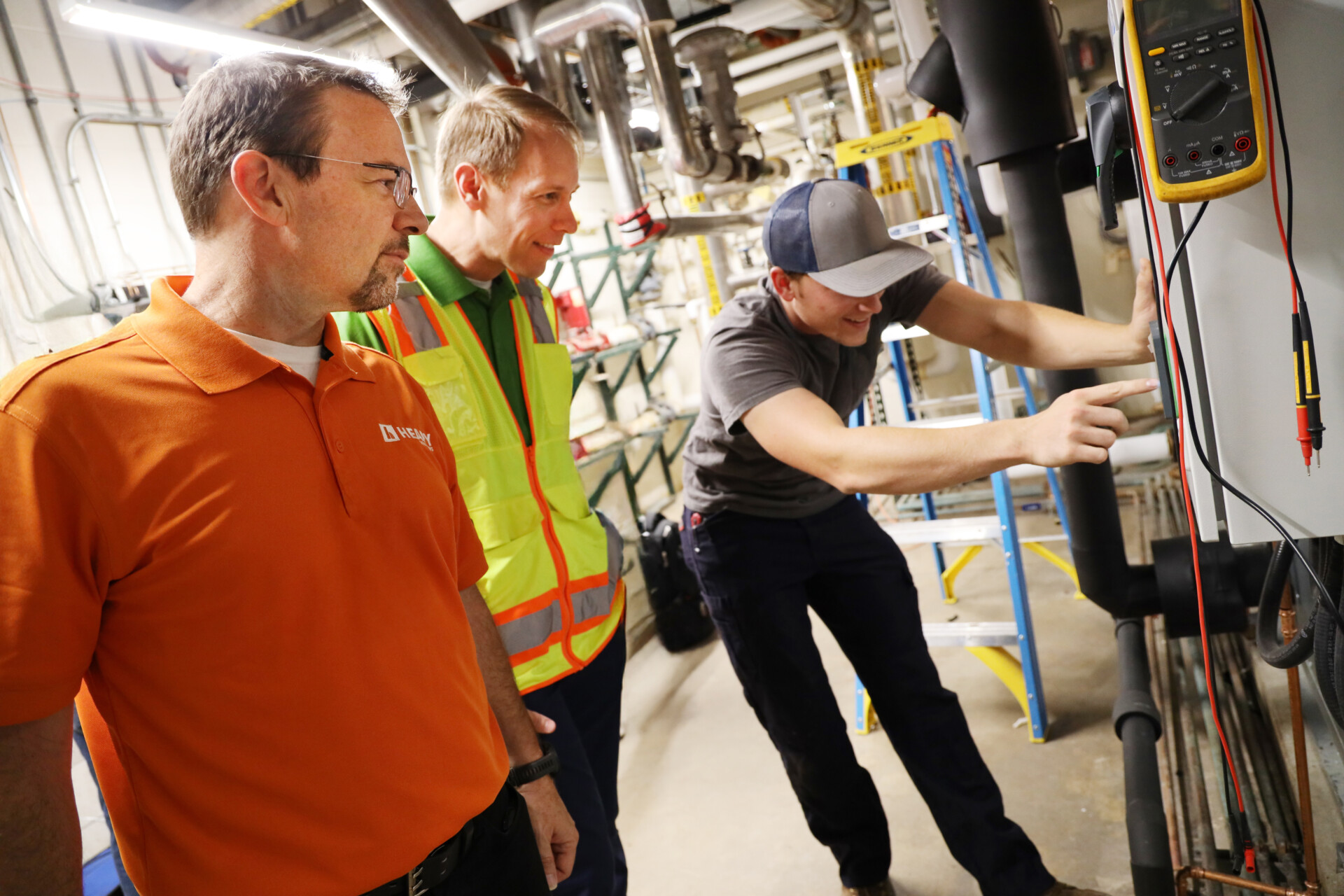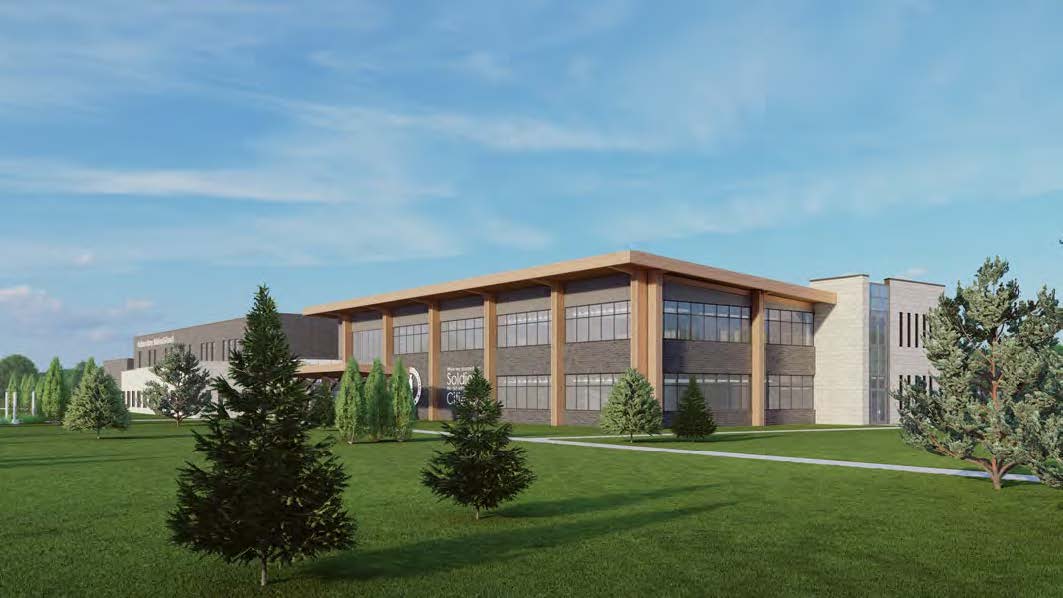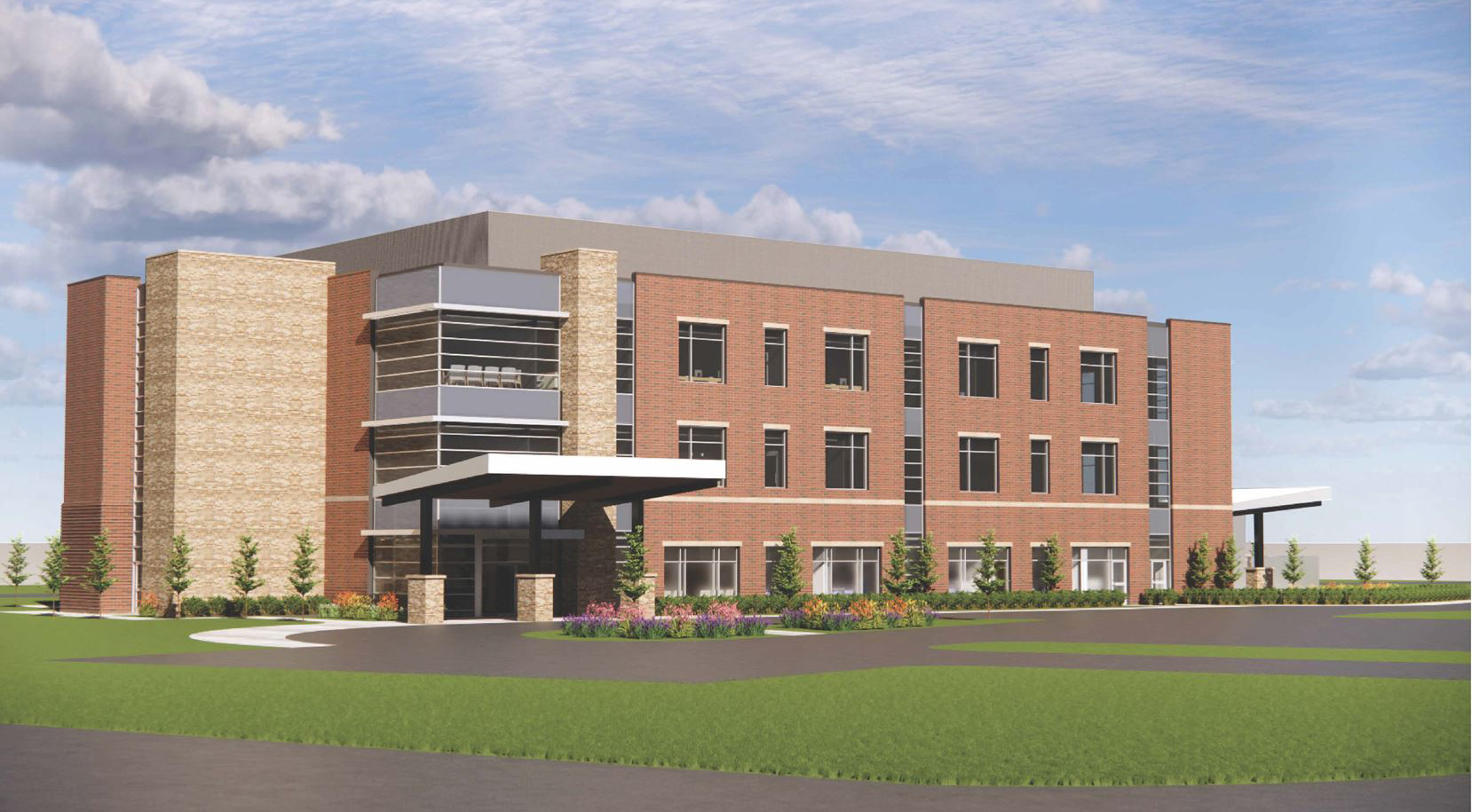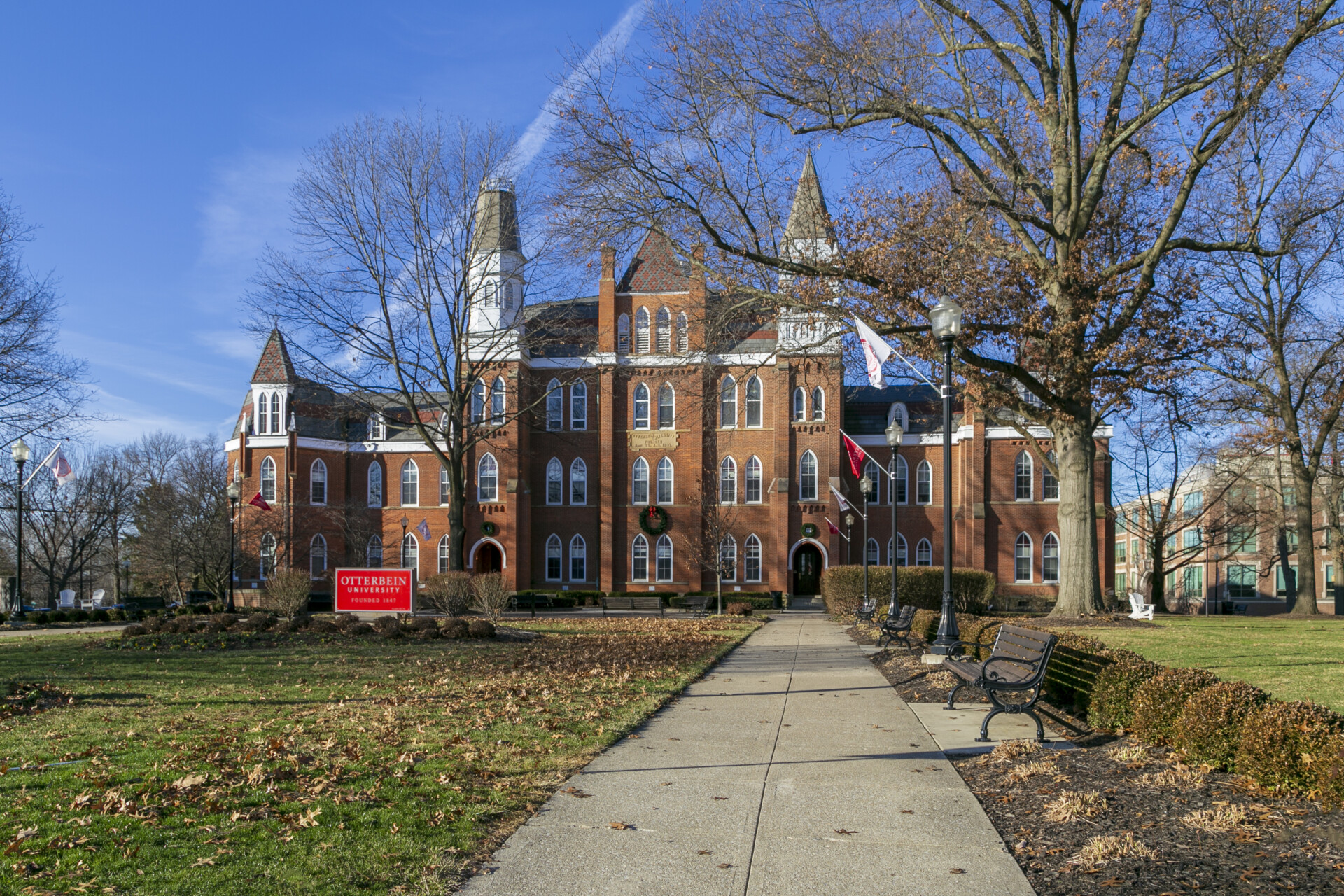Veterans Administration VISN 10 Energy Audits
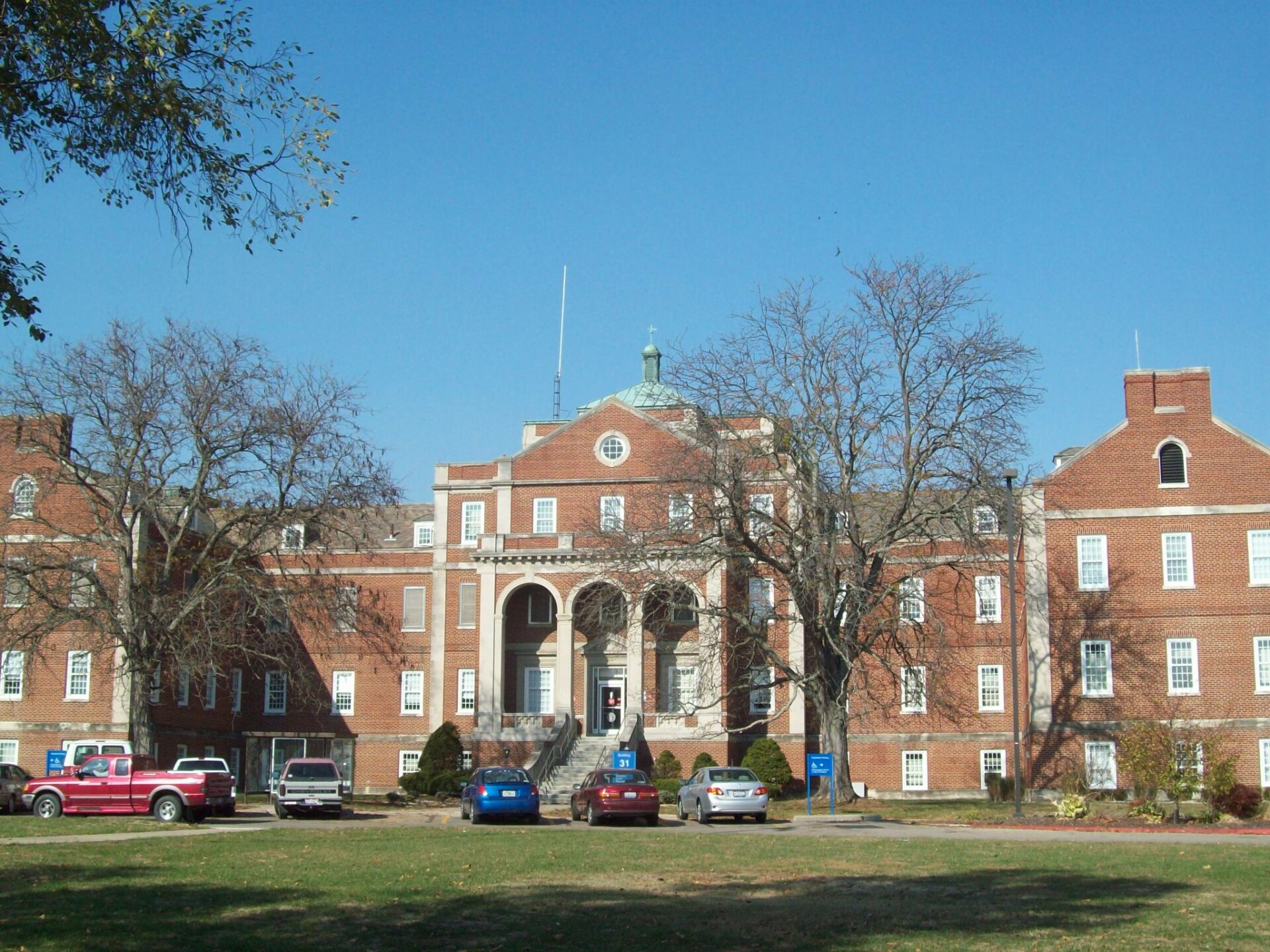
Size 14 Campuses
12.6 Million SF
HEAPY performed Energy Audits at 14 campuses, encompassing over 12.6 million SF throughout Veterans Integrated Service Network (VISN) 10 – Ohio, Michigan, Indiana. HEAPY assisted the Department of Veterans Affairs with identifying and analyzing Energy and Water Conservation Measures (ECMs) for potential investment. This project was executed with high levels of coordination to ensure the project stayed on schedule, while undertaking a comprehensive assessment across three different states and multiple facilities. The audits were conducted in the midst of the COVID-19 pandemic, which required careful planning to protect patient and staff safety on site, as well as constant attention to changing healthcare requirements.
Baseline Planning
HEAPY performed a detailed analysis of energy and water consumption to establish a status quo baseline, aligning with the EPA Energy Star Portfolio Manager Program and VISN Service Support Center database of consumption. Consumption data includes energy and water commodity usage at each of the facilities during the most recent three-year period. HEAPY conducted an initial on-site meeting at each VA Station with building maintenance and facilities staff to learn of special problems or needs of the building. This allowed us to identify any operational problems and/or practices that may impact building efficiency.
Energy & Water Conservation Measures
The audit included an initial investigation of identified ECMs with detailed descriptions for the VA to prepare a Performance Work Statement (PWS), as well as analyze, evaluate, recommend, and prioritize energy and water/sewer conservation measures. HEAPY made recommendations and prioritized ECMs to capture potential energy and water conservation and cost savings opportunities.
Final Report
The final deliverable of this effort was a written report for each of the six medical facilities, including an excel workbook detailing the ECMs for each facility. The energy audit generated a facility overview, summarizing the general condition of the mechanical and electrical systems and building envelope components, critical to energy efficiency. We identified low-cost/no-cost changes to the facility or to operating and maintenance procedures and determined estimates of probable energy savings and implementation cost associated with these changes. This includes the identification of any applicable utility incentives and the estimated value of those incentives.
